
Dedicated for all DNA, Analysis Results, History, Research topics related to: Jomon
The hunter-gatherer Jomon peoples inhabited Japan since as early as 12,000 years ago. They were thought to originate from Eastern Siberia and had similiarities to those in northern European such as lighter skin, heavier build, hairier bodies, taller stature and higher alcohol tolerance. This makes them ethnically, physcially and linguistically distinct from the later Yayoi immigrants and other East Asians. The term Jomon refers to the Corded Ware pottery which was commonly associated with the culture. The early to middle Jomon period saw an explosion in population. Elaborate jewelry was made during this time from bone, stone, shell and antler. Trees were carved to make small boats used for fishing and travelling. Some elements of modern Japanese culture which derive from the Jomon include some marriage customs, elements of the Shinto religion, architectural styles, lackerware and glassmaking. Towards the end of the Jomon period there was a sharp drop in population which is likely due to food shortages due to the lack of more advanced agricultural techniques which the Yayoi later brought with them into Japan.
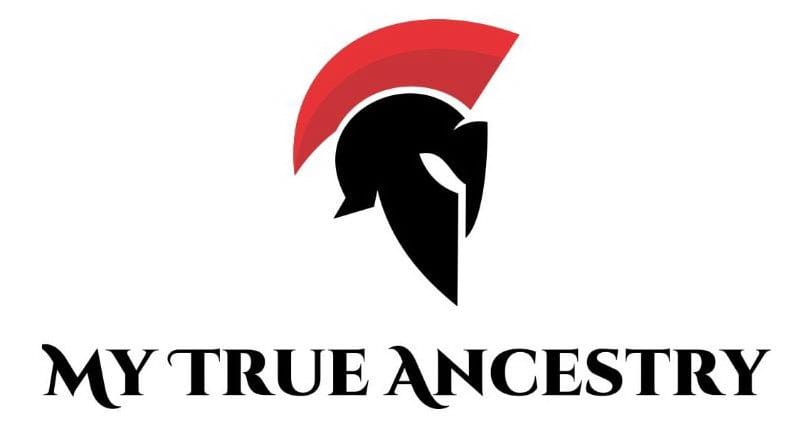
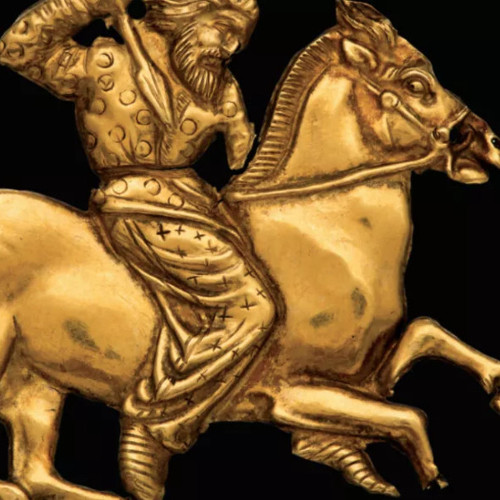

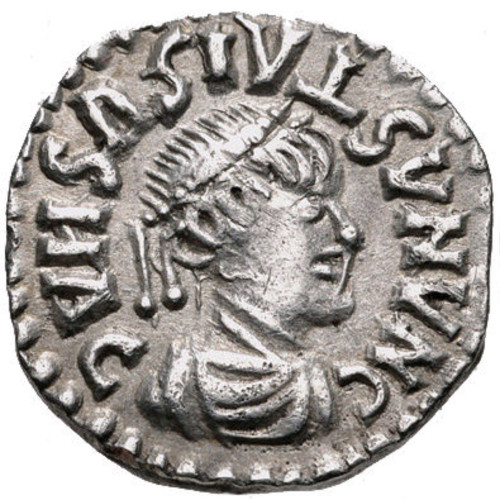
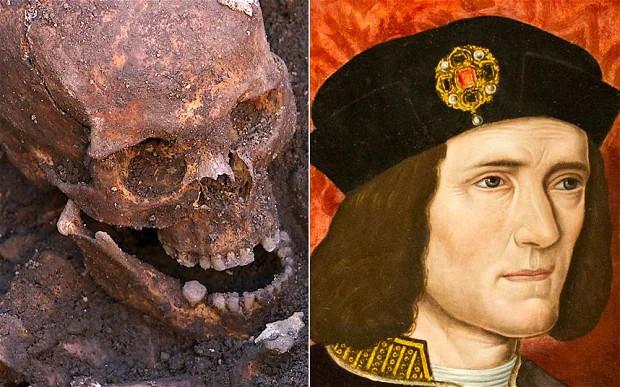



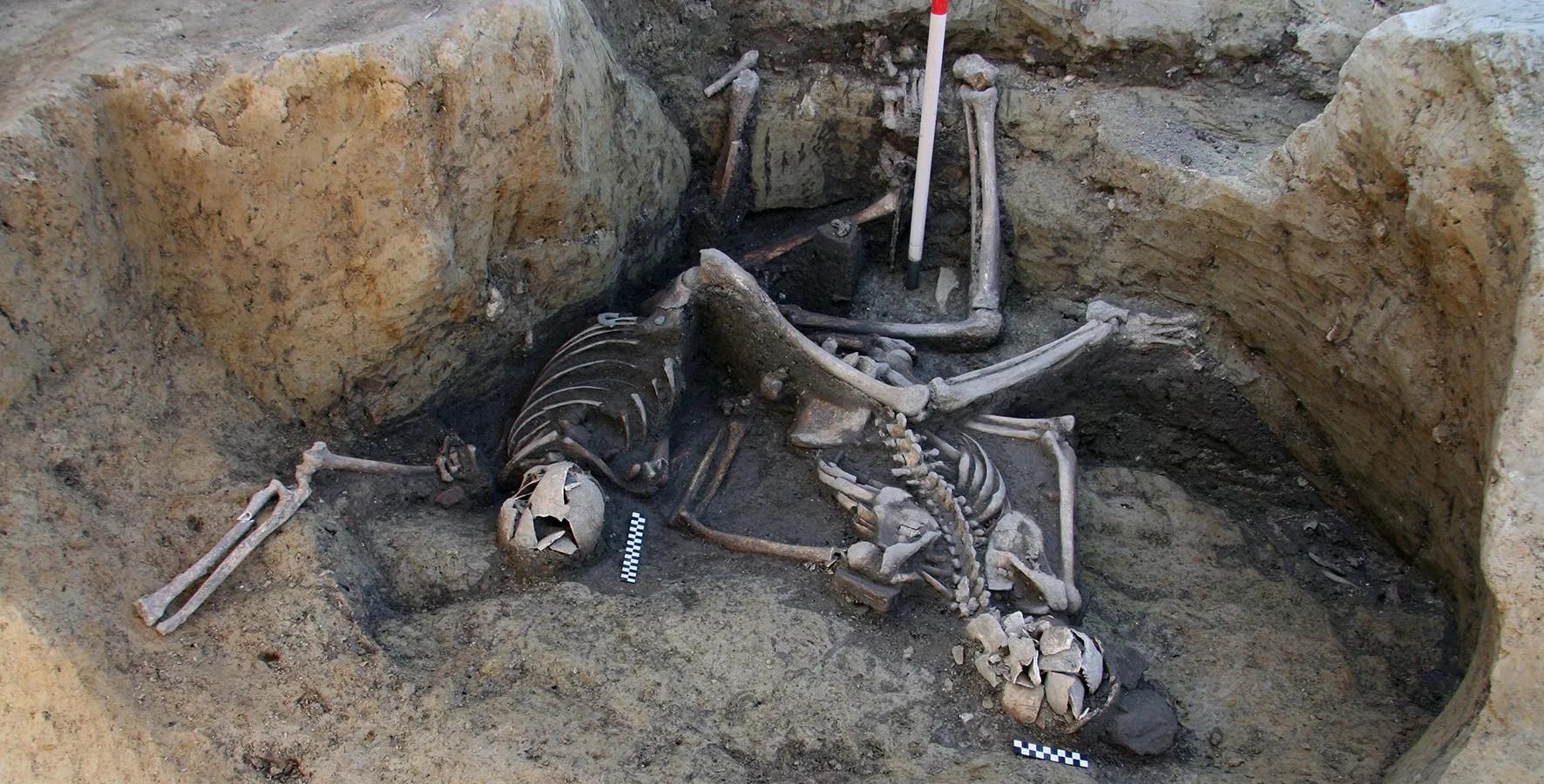

Comments